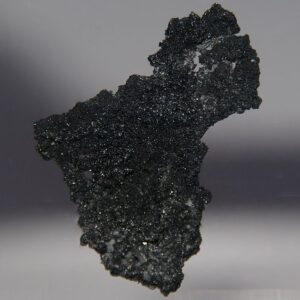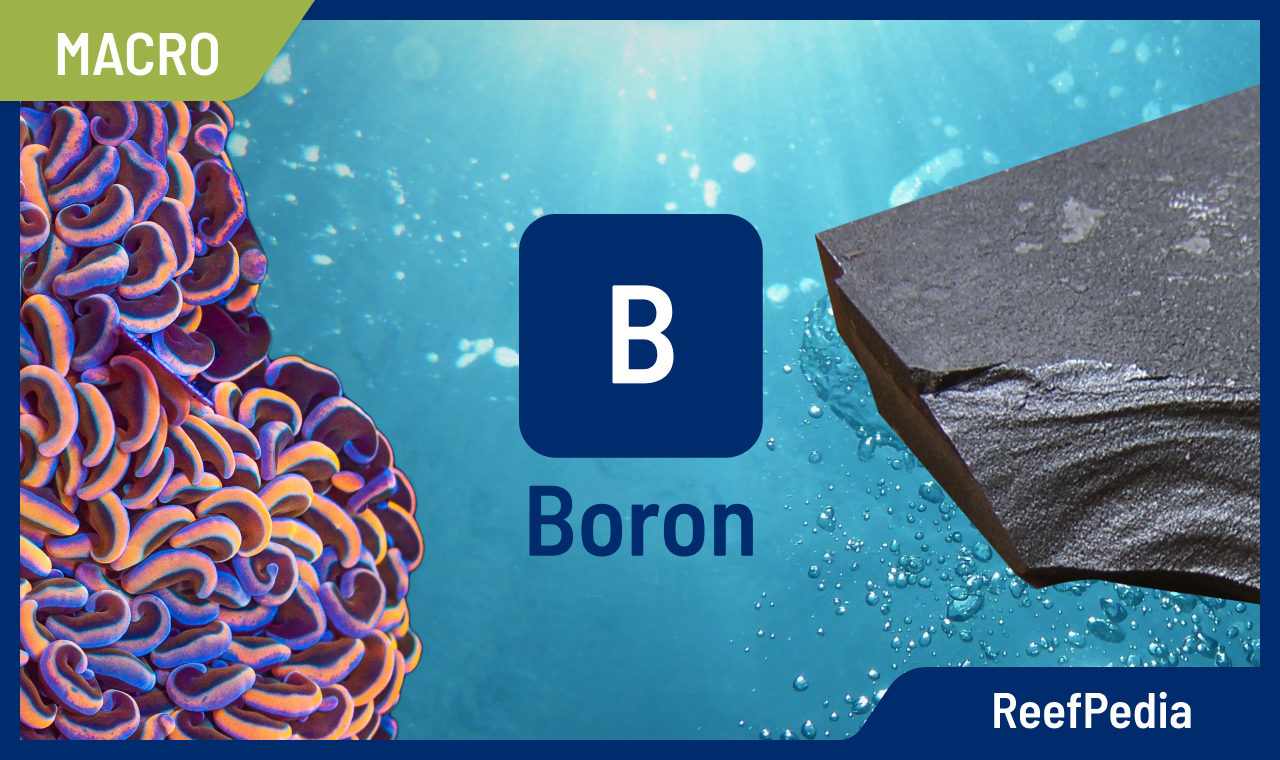Table of Contents
What is BORON (B)?
Boron (B, Latin borium) is a chemical element which belongs to the 13th group of the periodic table, the so-called boron family. It is the only non-metal in this group with black crystals, the other elements belonging to this group are silvery-white metals. In nature, its content in the upper layers of the earth is 0.0009%. It occurs in the form of minerals, and the most important of them are: borax, kernite, colemanite and asharite.
From the chemical point of view, boron resembles silicon and carbon in its structure, and the compounds it creates are mainly hydrocarbon or silicide analogs, such as sodium borohydride (NaBH4). Boron forms mainly covalent bonds* because it has a high charge and ionization energy with a small atom size. Boron forms chemical compounds in which it occurs mainly in the +III oxidation state.
It’s also an element that occurs in small amounts in seawater, which is why in literature you can sometimes find information that it’s classified as a trace element (microelement). In the ICP-OES analysis, it’s classified as a group of macroelements – this is the term I’ll be referring to later in this article.
Boron occurs in seawater, belongs to the group of macroelements, and its optimal content is 4-5 ppm.
The importance of boron in seawater
 The concentration of boron in seawater varies directly with salinity. Optimal conditions can be achieved when the relationship between boron (B) and chlorine (Cl) is rectilinear. In publicly available information on boron, one can often find the opinion that it’s not of significant importance in marine aquaristics. Nothing could be more wrong, because boron performs several very important functions, which in the long run have a visible impact on the health of corals.
The concentration of boron in seawater varies directly with salinity. Optimal conditions can be achieved when the relationship between boron (B) and chlorine (Cl) is rectilinear. In publicly available information on boron, one can often find the opinion that it’s not of significant importance in marine aquaristics. Nothing could be more wrong, because boron performs several very important functions, which in the long run have a visible impact on the health of corals.
Boron in seawater exists in the form of the metaborate ion (BO2–), which is hydrolyzed to the borate anion (B(OH)4–), according to equation (1) below:
BO2– + H2O → B(OH)4– (1)
Due to the fact that boric acid (H3BO3) is a weak acid and dissociates poorly, boron in seawater will mainly occur in the form of borate anion B(OH)4–, according to equation (2):
B(OH)4– + H3O+ ⇆ H3BO3 + 2H2O (2)
The roles of boron
pH stabilization
One of the most important roles of boron is its participation in stabilizing the pH value of seawater. Studies have shown that boron helps corals adapt to changes in the pH of seawater, i.e. the coral calcification process.
Read more about the role of pH in seawater.
Skeleton construction
Animals use boron for growth. Corals kept in aquariums with adequate levels of boron show better growth.
Maintenance of cell membranes
Scientific research suggests that boron directly affects some properties of membrane function. Low boron values have an impact, among others, on the activity of ATPases (ATPases are a class of membrane-bound enzymes).
Carbonate system
To a small extent, it’s also an element of the carbonate system.
Biological significance
Boron is essential for the growth of several species of marine diatoms and flagellates of algae. There is also evidence that cyanobacteria require boron for nitrogen fixation. It also plays an important role in the process of photosynthesis and coral metabolism. In addition, it acts as an inhibitor, inhibiting the excessive production of antibodies in algae.
Others
Boron also affects the assimilability of other elements and components of seawater: rubidium (Rb), phosphates (PO43-) and chlorides (Cl–).
Higher concentrations of boron limit the negative effects of too much aluminum (Al).
Read more about the basic parameters in a marine aquarium NO3, PO4
Problems associated with an excess or deficiency of boron (B) in seawater
Low boron concentrations can lead to reduced coral growth rates, and values below 2 ppm in seawater can lead to detachment of coral tissues. At values less than 4 ppm, SPS may lose bright colors and metallic sheen.
How to protect the aquarium?
The boron content should be checked regularly and maintained at the correct level. We recommend keeping boron at 4 – 5 ppm, the optimal value we recommend is 4.5 ppm. This level of the element ensures health and beautiful coloring of the animals.
The most accurate and reliable method of boron determination is the ICP-OES analysis, i.e. Inductively Coupled Plasma Optical Emission Spectrometry.
Indicators of abnormal boron levels in a marine aquarium
Deficiency:
- partial tissue detachment (visually resembles bubbles)
- Loss of a variety of colors and contrasts
Recommendations
To ensure the correct level of boron in the aquarium, you should regularly test the water.
When the boron level is above 5 ppm, we’re dealing with an overdose. The exception are tanks with a predominance of SPS, for a metallic effect and obtaining the desired colors, the level of boron should reach even 6 ppm. The most common reasons for exceeding the recommended level of boron are too high doses of administered fluids (check the dosing parameters on the dosing pumps) and incorrectly prepared salt. Find and eliminate the cause of the problem and lower the value of this parameter in the water. Perform up to 6 water changes. It’s recommended to replace approximately 15% of the aquarium water volume at each water change, until the desired value of the parameter is reached. Water prepared for replacement must be characterized by an appropriate level of target salinity. Use salt with the correct parameters and composition for the ICP test.
If the boron level is below 4 ppm, we recommend using products containing this element. To ensure a constant level of boron in a marine aquarium, we recommend systematic supplementation of this element, depending on the coral stock in the aquarium.
* Covalent bonds are a type of chemical bond in which atoms share pairs of electrons located in the shell farthest from the nucleus – the so-called valence shell.
About author

Magdalena Metzler
Privately, I am a mother and a lover of nature and sport. My main interest is quantum chemistry, which hides a whole lot of unsolved mysteries and connections, which is extremely exciting from a scientific point of view.
In my scientific career, I have conducted international projects focused on innovative solutions for many branches of business, e.g. automotive, construction, and now, of course, marine aquaristics.
Working at Reef Factory gave me a passion for marine aquaristics, which I can develop every day, building a chemistry department and creating products that will help aquarists take care of tanks and ensure the highest safety of animals. One of the most exciting memories of working at Reef Factory is the commissioning of the ICP-OES spectrometer, which analyzes the elemental composition of seawater. The method of analysis in ICP is based on an analytical technique, which is a combination of my passion for quantum chemistry and marine aquaristics.
I hope you find my articles on ReefPedia interesting and helpful! Happy reading :))

